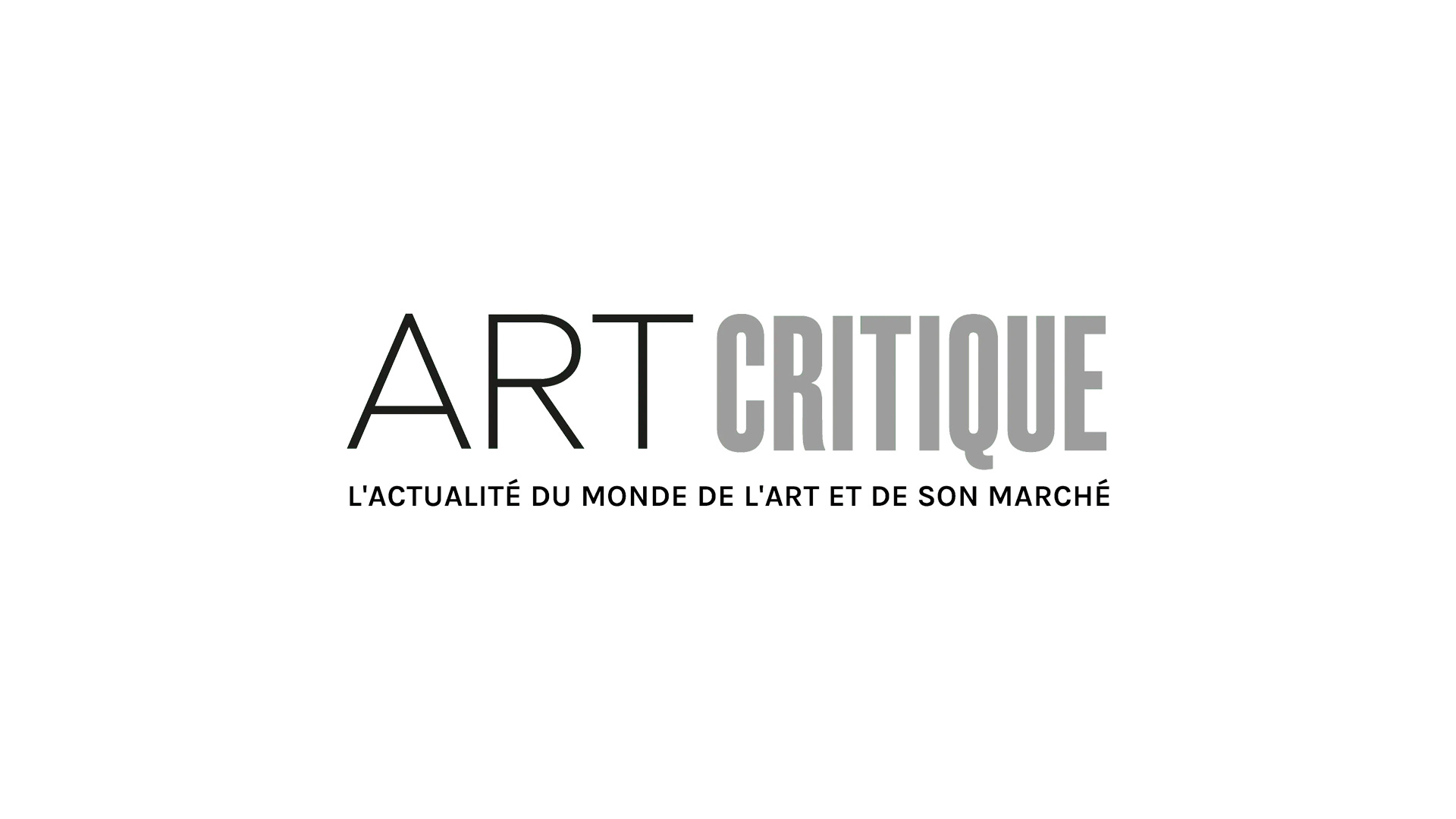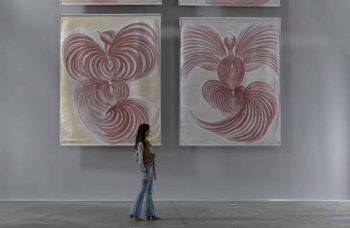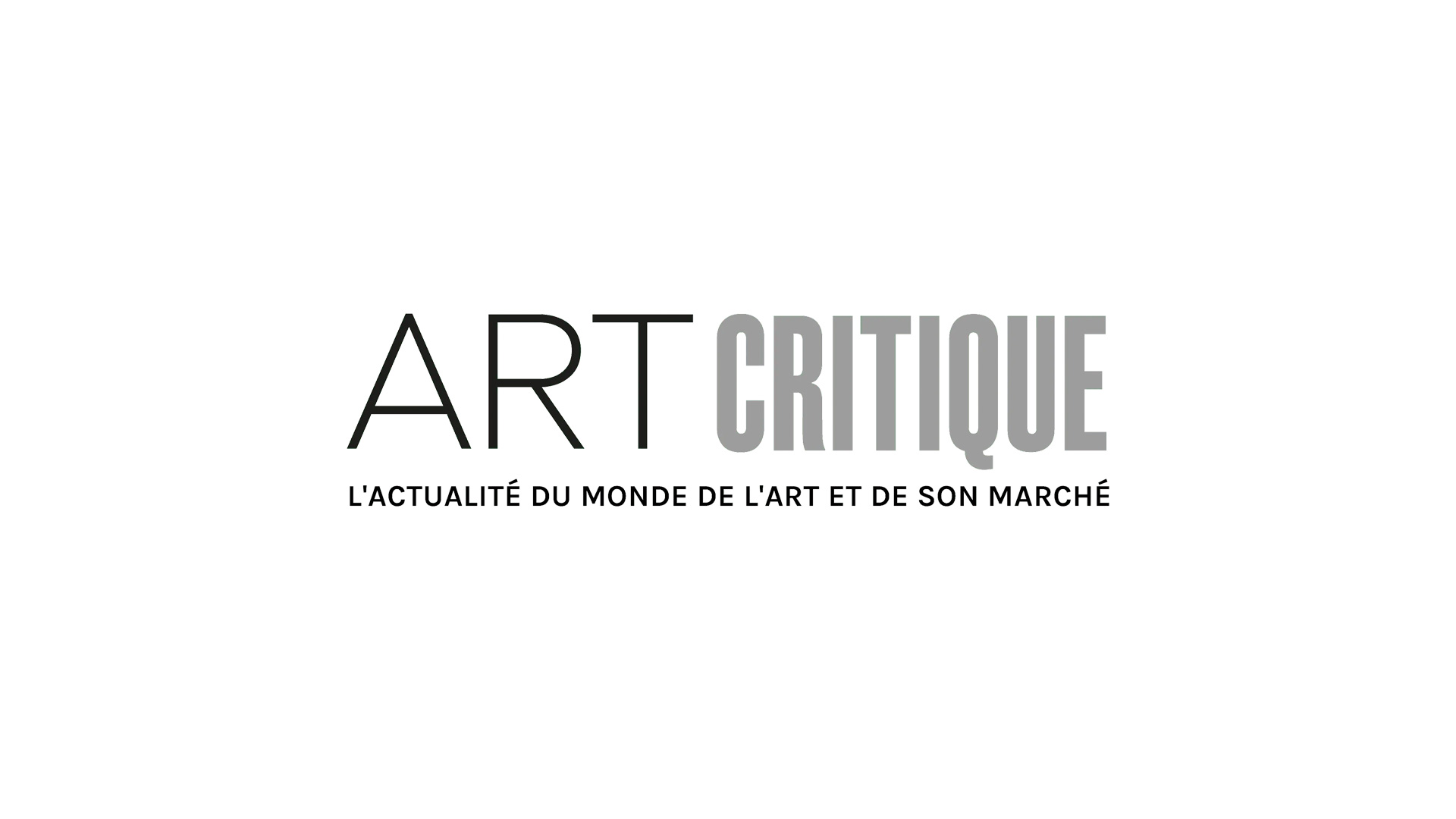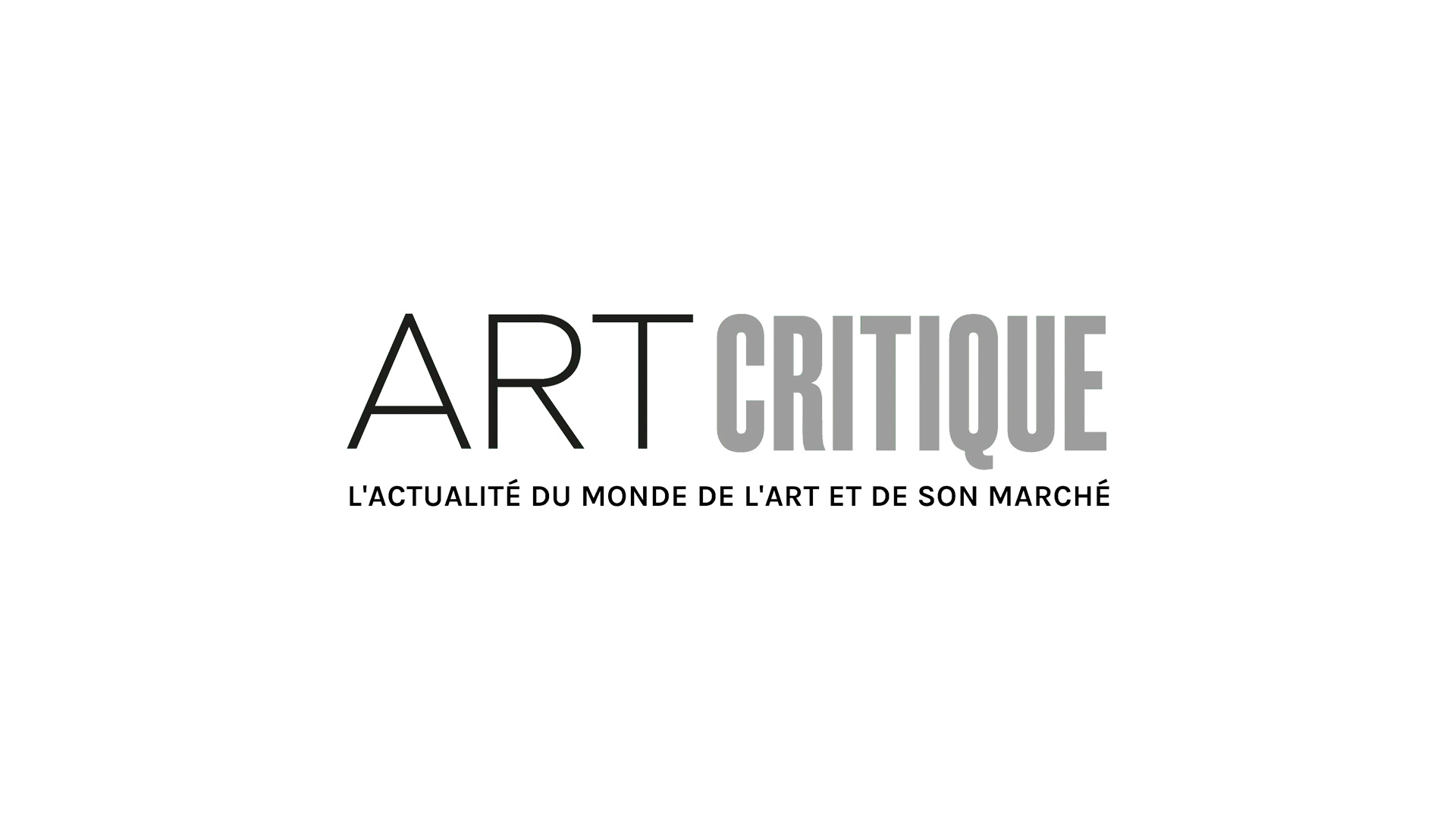April, 27, New York City: Chelsea and the new construction in the Hudson Yards, a strange renaissance of contemporary culture and art is flourishing.
This past April, Kasmin, presented by David Wiseman , which emphasizes the beautification of the interior.
Just up the block, The Shed , a new $ 475 million center for the arts, hosts Gerhard Richter and Steve Reich together for Their opening program . Here, audiences transform into a congregation in a psychedelic church – a communal experience of aesthetics.
Neighboring this is a section of the High Line which opens up to a glitzy stairway to nowhere, called “The Vessel” and an equally futuristic mega-mall – all new construction, dubbed the “Hudson Yards.”
Amongst all of this, it is hard to tell whether or not the hyperreal and superficial aspects of this renaissance are so excessive that we are doomed. Now, we have more redemptive note, it might be that these are flaws and gray areas in a bizarre cultural evolution. Nevertheless, there is a sensation of a cultural moment of great importance.
Here, the contemporary experience of “art” is exemplified in three ways: for Wiseman it is the activation of the “art” experience within the private quarters, the home, the interior world; for Richter-Reich it is the communal experience of the transcendent; and for the mega-mall, it is the superficial aesthetic of consumerism.
All three of these points to an emerging realization in our cultural psyche. It is more important than that of an aesthetic perception of self and life is primary; the content being a catalyst for this experiential mode.
Today, our culture is constantly appreciating the importance of aesthetic perception itself. Our culture is declaring: art is life, and we are all artists. The public craves the realization of this mode of being and artists and art institutions are responding.

The Interior Life
David Wiseman, with his ornate decor, is bringing unabashed beauty into the home – side tables, mirrors, lighting fixtures, wallpapers are made with the lush geometry and complex patterns of the natural world. David Wiseman explains, “I’m hoping to show nature unbridled, allowing the majesty and primacy of nature to guide the aesthetic.” His work is a clear departure from the dominance of modernism and minimalism in design over the last near-century. Wiseman understands the legacy of modernism as a “great innovation, essential in the paradigm shifts of history, aberrational purpose.”
Inspired by the traditional style of life. This plush vision of molecular geometries, branches, flowers and monkeys casts the soul for the blossoming soul.
The presentation of Wiseman’s decorative works in the art gallery points to the fact that our culture has recognized that “art” is not in the handmade item itself, but has certain experience. For Wiseman, this “art experience” can be evoked in the bedroom or dining room.

The Art Experience
The clever members of the board at an institution like the Shed recognize that the public’s wish is to have the art experience – not just a tour of exalted objects in a room. Their inaugural programs, such as the Richter-Reich Commission, are about immersion – a word that describes the audience’s involvement in the art experience.
All of this points to a development in Western culture, specifically in the arts, in which we are moving beyond the cult of the artist (Van Gogh think) in new understanding of the essence of “art” culture. In this way, every person is an esthetician, an individual curator of their own self and world vision.
Everyone is an artist now? Well, that’s what’s going on with Instagram. What is the difference between Richter and a suburban mother documenting her life in photography? They are both aestheticizing their lives, imbuing it with meaning through image-presentation. The public will continue this trend, which is more important than realizing the value of the mode of perception itself.
Because of this, artists and institutions who cater to this universal, communal need to succeed. Wiseman seems to appeal directly to the primordial imagination, rather than the intellectualism of minimalism. Richter and Reich also find the modernistic taboo of religious content as their newest work: they evoke the church and transcend it.
In the initial gallery, richly woven tapestries featuring quaternity patterns (read: the cross, mandala) vibrate with Richter’s potent colors, as a plain-clothed choir repeatedly sang the word, “hallelujah,” in varying, solemn tonalities.
The Richter-Reich collaboration’s central theme was an image of totality: overwhelming infinitude that is inherently numinous. In the main gallery, a massive projected video of mirrored and manipulated detail shots of Richter’s vibrantly colored oil paintings were morphing into Hindu, Islamic, Aztec or psilocybin-esque hallucinations. Meanwhile, Reich’s music washed up and sloshed, supporting the splendid glory of mesmerizing color and pattern.
So, with the Richter-Reich program, video projection and sound provided the backing for a non-rational, secular religious service. The onus is on the audience to let go of their addiction to information, and fall into the expanse of the psychedelic imagination – from mind to soul.
Here, art is about promoting an enhanced perception. It is about each viewer – the public – rather than the artist’s special status. A clear and deep realization of this sort of perception has vast implications for the rest of life and living. Critically, the aesthetics of monotheistic religious-yesteryear, the presentations today are plural, the modern artist is free to follow their phantasies and specific tastes, and the audience is free to choose which suits their sensibility and interest most.
So, both of these presentations – Wiseman at Kasmin and Richter-Reich at The Shed – refer to this clear cultural value of aestheticized life. Each individual will seek their own nuances of aesthetic appreciation – which hopefully includes the celebration of difference as well.
Aim, back to the futuristic mega-mall, bathing consumers with a hyperreal glow of Fendi, Coach and shiny steel. Why must it be in such proximity to the arts?
Art, Entertainment and Aphrodite’s Beauty
The words for “art” (Kunst) and “entertainment” (Unterhaltung) are antonyms. The Germans, that is, recognize that these concepts are opposite to one another – very much related, though, as opposites. [1]
When the enticing aspects of beauty and aesthetics are mistaken for superficiality and hedonic consumerism – to delight in the pleasures, to be entertained, fleetingly – there is a loss, a culture is misled. Here, the underlying dream remains the same, but is less developed.
To continue the exploration of art, we can use the Greek myths as symbolic representations of patterns of behavior, or sets of values.
Aphrodite – the goddess of beauty – Eros, who Eros marries Psyche. Psyche, therefore, is in proximity to beauty. In the opening of the Eros and Psyche tale, by Apuleius, we discover that Psyche is so beautiful, that even Aphrodite is jealous! [2]
The psychology – psyche – and the experience of love – eros – are connected to beauty.
Psychology’s main discovery is that access to one’s unconscious psyche brings about healing and integration. The stirring and activation of the psyche occurs through love (eros) (a type of deep excited appreciation). The type of meaning that psyche thrives is inseparable from the apprehension of beauty,
When we return to the beautiful, we enrich and awaken our psyche. Aesthetic perception is akin to love; to be in love with life – one’s self and the world To accept and bring back beauty to the arts, is to return to the natural beauty that psyche loves.
However, we are dealing with the residuals of a Christianized culture, which rejected “Aphrodite” (sensuality, beauty) and entirely repressed this value, dismissing it as evil. The lost sensual value had to go somewhere, and eventually it was going through the enticing madness of consumerism. [3]
The hyperreal Hudson Yards – as if no real person, a regular New Yorker would be delighted to find a place in the world of luxury – the alluring entertainment of luxuriating.
However, this consumeristic beauty tends towards the superficial and hyperreal, it is still a lot of beauty. It is Aphrodite’s alluring voluptuousness which dazzles consumers with plush leather purses and the sexiness of rich clothing.
And so “art” – the territory of the Psyche – is side-by-side with entertainment – the glow of Aphrodite. Whether or not the soul can overcome the consumerism is to be seen.
The Aesthetic Life: Secular Religion of Our Time
Wiseman, Richter-Reich and the Hudson Yards mega-mall represent three expressions of contemporary aesthetics: the interior and private home, communal transcendence, and superficial consumerism.
Today, various cultural movements associated with beauty and aesthetics – decor, objects at the art gallery or fair to be self home, the multimedia presentation at an art-institution, consumerism, pop music as ludicrous performance art, yoga studios as spiritual. The psychology of psychedelic drugs, self-representation and curation of social media [4] – are all feeding into a vision of aestheticized life that is the secular religion of our time.
All of this is pushing the actors of this culture to perceive life and self with the appreciation of a song or painting – and to, importantly, respect it with attention in that way. [5]
Whether the song of life is elated, despairing, sexual, romantic, partying – be right there with it, this is to appreciate the beauty of psyche. To understand the aesthetics of the game correctly, to play the song just right, to paint an ethical and beautiful vision of our individual and collective reality.
Footnotes
1: Credit to Johannes Böckmann for this language observation.
2: Erich Neumann, “Amor and Psyche.” Https://www.amazon.com/Psyche-Mythos-Books-Erich-Neumann/dp/0691017727
3: James Hillman’s work in “The Blue Fire” and “The Pink Madness.” Https://www.youtube.com/watch?v=w_CcU_dR56o https://www.youtube.com/watch? v = bt8R9f4O-Lw
4: A verbose list! It could include: the club and music festival, individual talk therapy, retreat centers. Also, worth noting that all of this retains the value of “individualism,” but more in relation to community.
5: Worth noting: It is worthwhile to pay attention to the present, this is what it means to be “awakened.”





